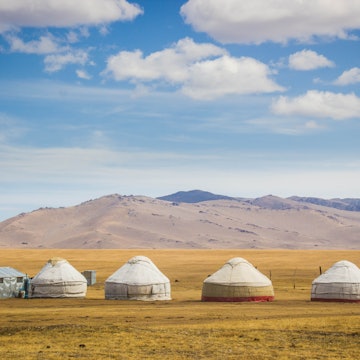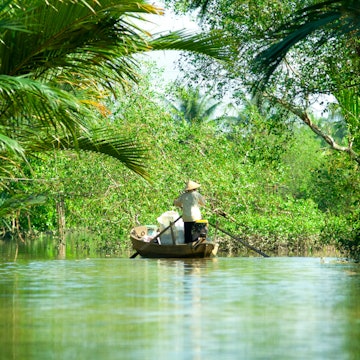

‘Venice of the North’, ‘Venice of the East’, ‘The American Venice’. For whatever reason, the magnificent Italian canalled city – sadly one of the most high-profile casualties of overtourism – draws constant comparisons around the world, from Alesund in Norway to Melaka in Malaysia.
But, if anywhere truly holds a candle to Venice, it may well be Suzhou in China. The ancient water town, west of Shanghai, is all arch bridges and wooden balconies, hanging above trickling, tinkling canals. But, unlike other Venice doppelgangers, Suzhou has an ace up its sleeve. Marco Polo, the famed Venetian explorer, visited the city in the 13th century, and was reportedly taken aback at the sight of it, and its uncanny resemblance to his home city
Here, Joe Sills takes us on a visual tour of Suzhou, the ‘Venice of China’.

A landscape frozen in time
It’s no wonder Suzhou made an impression on Polo. Five-and-a-half thousand miles from Venice, the pioneering globetrotter had stumbled upon a mirror image of his home.
The waters of this city bustle at night, with fleets of wooden ships ferry goods and visitors through the city’s labyrinth of canals, just as they have for thousands of years. On their banks, a hive of trade and commerce (shops and, increasingly, restaurants) buzz under the dim glow of lantern light.

An epicentre of silk
In the 13th century, Polo described Suzhou as a city of remarkable architecture and affluence, noting, “it contains merchants of great wealth… accomplished traders and most skilled craftsmen.”
This wealth came primarily from the silk industry, and just as during Polo’s time, weathered hands still work the looms here today. Carefully, they grasp orbs of silk one at a time, reverently removing caterpillars from their cocoons (silk is made from the natural protein fibre that silkworms produce to form cocoons). These hands, like the thousands of hands before them, have been creating some of China’s finest silks since nearly the dawn of recorded history.
Visitors can learn more at the Suzhou No 1 Silk Factory, a 1926-built factory that still produces silk, while also serving as a museum housing hulking, ancient-looking silk-spinning contraptions.

A familiar way to see the sights
Life jackets aside, the traders and merchants of Suzhou remain largely true to their ancient roots. While a sprawling metropolis does span much of the old city’s land area, visitors can still easily lose themselves in narrow aisles of water and stone in its historic, outlying districts, like Tongli, Mudu and Guangfu, where the sound of car horns is swapped for the calls of cormorants – which are still trained to catch fish by local fishermen – that perch on the helms of their bobbing boats. Above them, the clink of teacups and and clamour of kitchens echoes from riverside cafes.
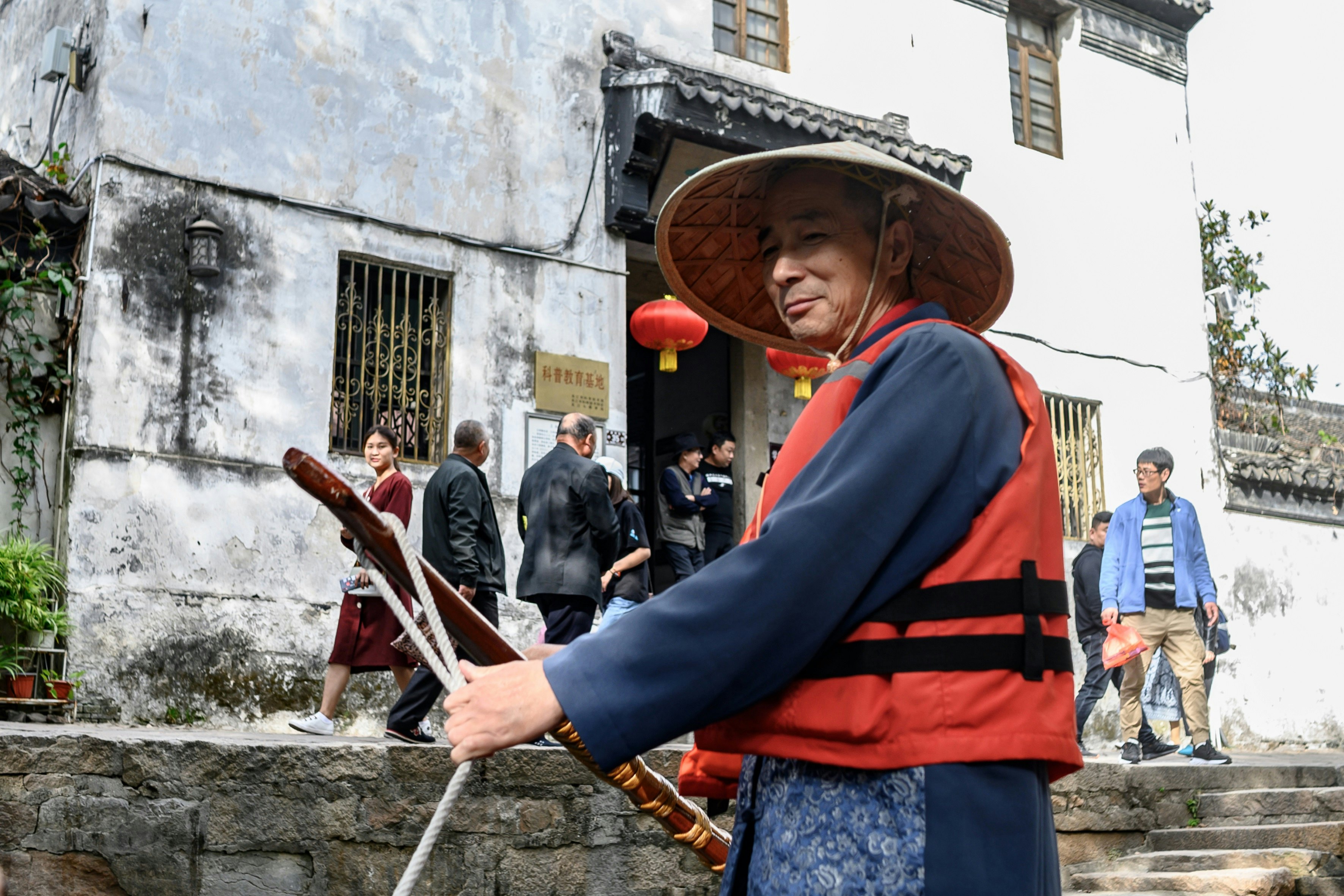
Navigating the waterways
Not every boat here is used for fishing. For around 30 yuan, travelers can hire a boatman to see these ancient towns through the same lens that Polo did. The Italian likely exaggerated when he dubbed Suzhou the city of 6000 bridges, but several hundred do in fact exist and they are best seen from the water. You can easily spot their ferries by the site of neon orange life vests on board.
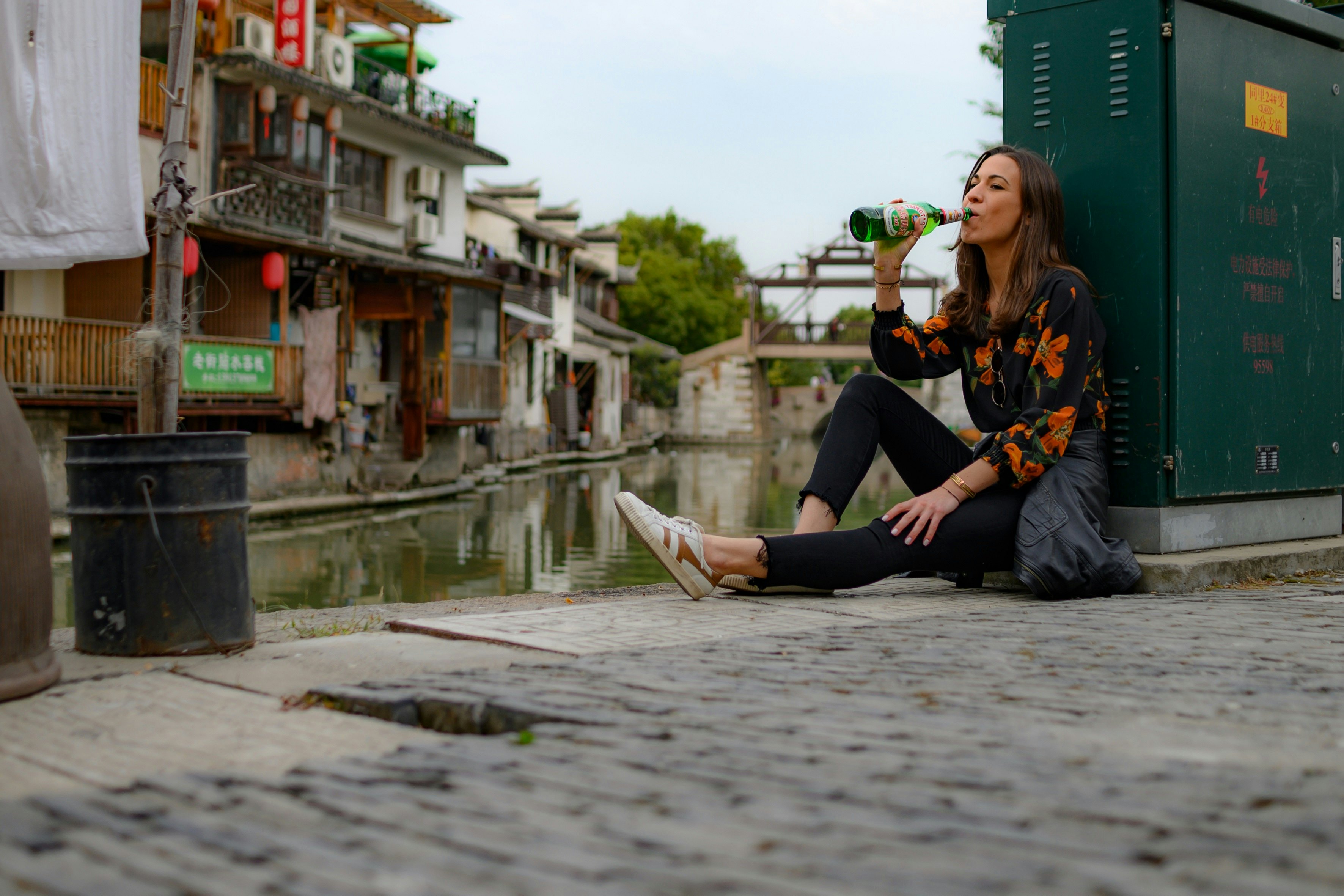
The joys of Yuhang Street
The wood-framed Nanyuan Teahouse in the Tongli district of the city lays claims the title of oldest teahouse on the southern portion of the Yangtze; however, while serving as a window to the past, it also serves as an entrance to the modern joys along the cobbled streets of Tongli.
Cafes and vendors line Yuhang Street, where the change in your pocket will buy a round of Tsingtao beers to be enjoyed alongside the stone bridges of Polo’s pages, and a few more yuan will gain you access to one of Tongli’s arcades, where prizes like giant stuffed animals and puka shell bracelets can be won if you prove your aim with a dart – if you’re really good, you might even draw a crowd.
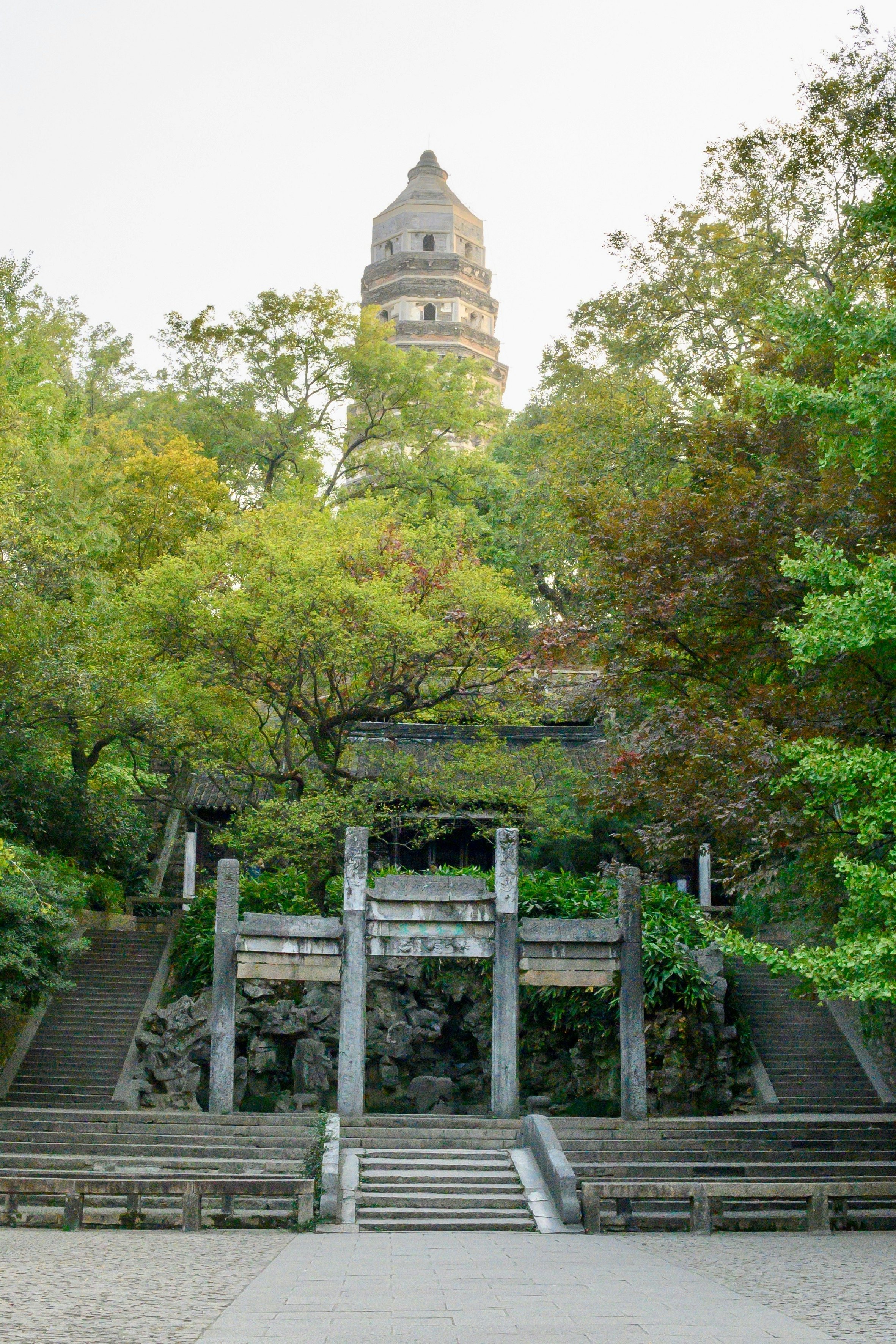
Away from the canals
By the time of Polo’s visit, a temple had already been marking the summit of the largest hill in Suzhou for more than 1000 years.
Polo would have climbed the same stairs towards the crest of Tiger Hill to see the seven-storey Cloud Rock Pagoda, hearing the same stories about rumoured funerary treasures lurking beneath it and the legion of workers King He Lu put to death on the stones here. But, there is one noticeable difference between now and then: the pagoda has started to lean, with the highest point now displaced more than two metres from its original position.

A more contemporary connection
For all the comparisons to Venice noted by Polo during his visit, contemporary visitors may add one more to the list: the crowds.
While not a mainstay destination for international tourists, Suzhou is a domestic tourism hotspot, with visitors clogging the ancient alleyways and cramming onto canal boats during weekends and public holidays.
Hopefully the city heeds the warnings and learns lessons from the pitfalls caused by Venice’s popularity, meaning that, in this regard at least, the comparison to the Italian city ends there.







